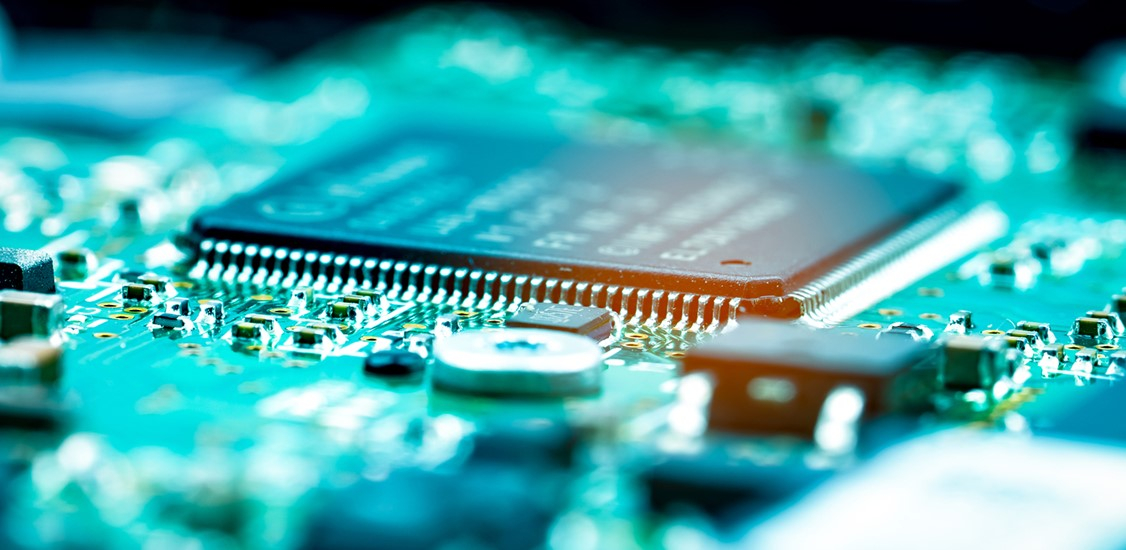#1: Network Function Virtualization (NFV) at the Edge
NFV has gained a lot of traction over the last few years. Virtualization allows the network to be much more agile, which can lead to real cost savings over a rigid, hardware-based network. NFV also makes the network scalable and flexible in the face of changing requirements, without becoming locked-in with a given vendor.
5G in particular stands to benefit greatly from NFV, as virtualization of the network allows for greater agility and lower CAPEX. When it comes to bringing NFV to the 5G edge, however, this is easier said than done. Changing a network from a traditional and rigid structure to a dynamic and virtualized one is a fundamental and complex shift. NFV can also add latency, a huge issue for 5G, which promises much less transmission delay.
Nevertheless, with initiatives such as OpenRAN (Open Radio Access Network), the market trend seems to be an embrace of NFV. If performance concerns can be overcome, operators are willing to bear slightly higher up-front cost in exchange for the flexibility, futureproofing, and long-term CAPEX savings gained from NFV.

Brian Klaff,
Marketing
Director,
Ethernity
#2: Network Disaggregation
NFV is part of the general trend toward overall network disaggregation, running network functions on standard servers with open-stack software. This removes the need to pair hardware and software from a single vendor. Full disaggregation lets operators choose the best software option for each function and point of the networking process from a variety of vendors. This separation is key to futureproofing appliances, as software can be swapped out without upgrading the underlying field-deployed hardware.
This is why disaggregation has already become the standard in data centers and cloud networks. The flexibility of a disaggregated solution means operators will be ready for continuously evolving requirements and free of vendor lock-in.
At this point, however, the same cannot be said for the network edge. Most edge switches are still based on a single vendor’s ASIC, which lacks flexibility, upgradability, or interoperability with third-party software. Even when white box switches are used, this is only a first step toward full network disaggregation. While the software is no longer tied to the hardware, operators are still taking the easiest path and opting for a single software vendor for the entire networking stack.
But it is the precisely at the network edge where disaggregation is needed most. As requirements continue to evolve at the edge, it is crucial to plan for the inevitable changes by applying a disaggregated network solution. Without disaggregation, frequent changes to standards and security algorithms at the edge will be a painful recurring cost and headache for operators, who will need to overhaul entire systems in order to keep their network edge operating as needed.
#3: OpenRAN
The OpenRAN initiative addresses the need for network disaggregation at the edge through an open ecosystem of virtualized network functions. With OpenRAN, operators are free to choose functions, appliances, and components from disparate vendors.
This is a good start toward complete network disaggregation. Virtual software functionality on standard white box switch routers provides a great deal of flexibility. There is still one piece of the puzzle remaining, however. The underlying hardware forwarding technology either uses inflexible ASIC based silicon or relies on CPUs for processing.
Although many proprietary ASIC providers have opened the operating system and control software within their hardware to disaggregation, the data plane functionality remains vendor-locked. Moreover, the network edge often requires data plane features that are not supported in many ASIC-based hardware solutions.
CPUs, on the other hand, offer full flexibility but cannot provide the necessary performance for 5G. CPUs use sequential processing and are therefore not optimized to handle the networking functions of a 5G network. While it is possible to run virtual network functions over CPUs, there are latency issues that undermine the 5G standard. Also, so many CPU cores are required that the price (not to mention physical space and power consumption) becomes prohibitive.
In other areas of the network it is easy enough to add hardware components to cover missing functionality. At the network edge, however, space and power are in short supply, ruling out the option to add hardware. Replacing hardware as requirements rapidly change is an expensive endeavor and provides no assurances that the new hardware itself will not also need to be replaced within a short timeframe.
#4: A Standard Platform for Data Plane Hardware
In data centers and cloud networks, the x86 standard enables complete disaggregation. Data plane hardware, on the other hand, lacks such a standard. That is why each monolithic vendor has instead developed its own ASIC hardware. This is the largest obstacle to true disaggregation at the network edge.
FPGAs (field-programmable gate arrays) are the perfect solution to fill this gap. FPGAs are silicon – like CPUs – but they differ from CPUs in their ability to perform parallel processing. This is a huge advantage for the data plane, where the prime directive is to pass traffic through as quickly as possible. Furthermore, FPGAs are by nature reprogrammable, adding scalability and futureproofing.
Because they are programmable hardware, FPGAs offer the performance of ASICs with all the flexibility of software. By offloading virtual network functions from the CPU and seamlessly integrating them into an FPGA-based forwarding solution, operators can achieve the optimum 5G network – one that not only meets 5G performance standards but also engenders choice of best-in-class vendor solutions and saves on long-term capital expenses.
#5: Tides of Change
While in 2020 the vast majority of operators continued to rely on a few large ASIC manufacturers to supply their end-to-end networking equipment, in 2021 the move to FPGA-based network disaggregation will accelerate.
One trend driving this change is that several countries have recently banned Huawei equipment in their 5G networks. Another is that as OpenRAN gains traction and several software vendors throw their hats into the ring, operators have the chance to consider their network components and see that true network disaggregation over FPGA-based hardware is the best bet for implementing NFV for 5G.
That fact that 5G infrastructure will need to be almost entirely new provides a unique opportunity for operators to decide how best to establish their networks. Before making a massive investment in 5G, operators should consider whether their planned infrastructure supports all the new requirements for security, IoT, tunneling, and more, along with how easy it will be to make changes going forward.
Some operators have already begun to invest in largely disaggregated networks, and as FPGAs become the de facto platform for disaggregation at the edge, the commitment toward OpenRAN becomes that much easier.
When comparing network disaggregation to traditional ASIC-based monolithic solutions, the flexibility and future-readiness of open solutions are the clearer long-term choice. With FPGAs ensuring both high performance and agility, we should expect to see more operators choosing the disaggregated path as the future of 5G.




















